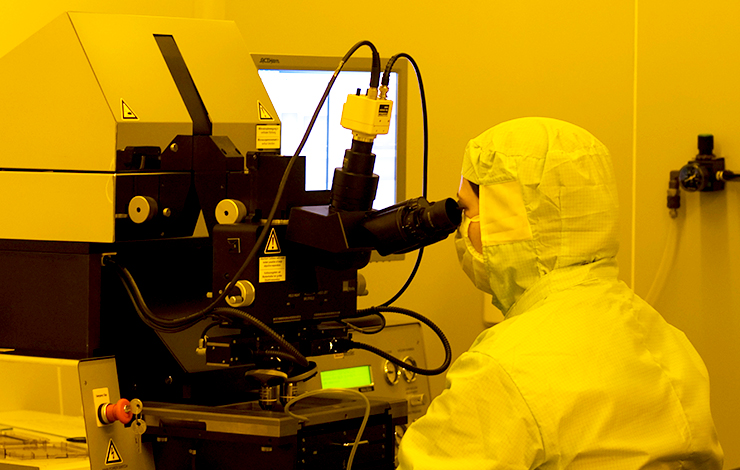


Formation and crystallization of zinc borosilicate glasses: Influence of the ZnO/B2O3 ratio
| Title | Formation and crystallization of zinc borosilicate glasses: Influence of the ZnO/B2O3 ratio |
| Publication Type | Journal Article |
| Year of Publication | 2016 |
| Authors | Kullberg ATG, Lopes AAS, Veiga JPB, Lima MMRA, Monteiro RCC |
| Journal | Journal of Non-Crystalline Solids |
| Volume | 441 |
| Pagination | 79-85 |
| ISSN | 00223093 |
| Keywords | Borosilicate glass, Ceramic materials, Crystalline materials, Crystallization temperature, Differential thermal analyses (DTA), Differential thermal analysis, Experimental parameters, Glass ceramics, Glass formation, Glass transition, Heat treatment, Heat treatment conditions, Heat treatment temperature, Micro-structural observations, Scanning electron microscopy, Thermoanalysis, Willemite, X ray diffraction, Zinc, Zinc oxide |
| Abstract | Different glasses based on the ZnO-B2O3-SiO2 system, with a ZnO content ≥ 60 mol% and a fixed SiO2 content (20 mol%), were synthesised using a melt-quenching method. Glass samples with zinc oxide concentrations as high as 65 mol% were prepared successfully without deteriorating the glass-forming ability. The glass samples were submitted to controlled heat-treatments, and the effect of the ZnO/B2O3 molar ratio on the formation of crystalline phases within the glass matrix was investigated by means of differential thermal analysis (DTA), X-ray diffraction (XRD) and scanning electron microscopy (SEM). DTA results indicated that the glass transition and the onset crystallization temperatures of the studied glasses tended to increase with the increment on the ZnO/B2O3 ratio. XRD data showed that the zinc binary crystalline phases, willemite (Zn2SiO4), a zinc orthosilicate, and zinc borate (Zn3B2O6) could be present in the crystallized glasses, depending on the heat-treatment conditions. The formation of willemite was promoted by an increasing ZnO/B2O3 ratio. Microstructural observations performed by SEM indicated that under controlled experimental parameters (glass composition, heat-treatment temperature and time) the precipitation of nanocrystals within the glass matrix can be achieved, resulting in transparent and translucent willemite glass-ceramics. © 2016 Elsevier B.V. All rights reserved. |
| URL | https://www.scopus.com/inward/record.uri?eid=2-s2.0-84962668494&doi=10.1016%2fj.jnoncrysol.2016.03.022&partnerID=40&md5=572320330addbb6cdc9d64f8b0944b60 |
| DOI | 10.1016/j.jnoncrysol.2016.03.022 |








